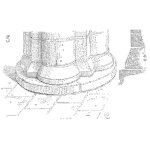
This might be easier to read printed out.
Your Reliability Engineering Professional Development Site
Prep notes for ASQ Certified Reliability Engineer exam ISSN 2165-8633
The idea of the CRE Preparation Notes series is to provide you short practical tutorials on all the elements that make up the ASQ CRE body of knowledge. The articles provide introductionary material, basics, how-to’s, examples, and practical use guidance for the full range of reliability engineering concepts, terms, tools, and practices.
Keep your knowledge fresh with regular review of topics and tools that make up reliability engineering.
Sign up for the CRE Preparation Notes email list to receive weekly reliability engineering short tutorials.
- Improve your reliability engineering skills
- Learn about the wide range of tools available
- Enhance your resume with the ASQ CRE
You will find the most recent tutorials in reverse chronological order below. Below each article is the section and specific clause of the CRE Body of Knowledge that tutorial addresses. Click on those tags to find other articles on the same topic. To the right on the sidebar, there is a listing of the 7 major categories in the body of knowledge - it's a quick way to find groups of articles on each specific area. You can also use the search function to locate articles, podcasts, or tutorials on specific topics.
by Fred Schenkelberg Leave a Comment
by Fred Schenkelberg 5 Comments
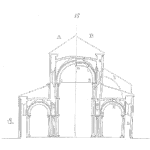
In Chapter 8 of The Basics of FMEA by Robin E. McDermott, et. al. discusses the ten steps for an FMEA. I find it to be an excellent summary for describing and conducting a failure mode and effect analysis.
Therefore based on the work of McDermott and others, plus my own experience here are the ten steps with my descriptions. [Read more…]
by Fred Schenkelberg 3 Comments
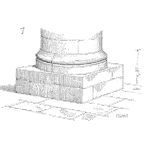
One of the most basic skills needed for the CRE exam is the ability to correctly read the Standard Normal Table.
Writing this short how-to article would be really easy if there were only one way to create the table. There isn’t. It seems every author has to create a unique way to tabulate the values. [Read more…]
by Fred Schenkelberg Leave a Comment
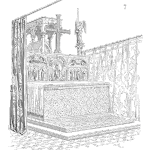
An effective product reliability process requires a strong team, at every level.
The team of employees within an organization that participate and impact product reliability is a vast and widespread group of people. They include members of the design team, design managers, quality and reliability engineers and managers, procurement engineers and managers, warranty managers, failure analysis specialists, members of the marketing and sales staff, members of the finance and manufacturing teams, and field service and call center staffs. [Read more…]
by Fred Schenkelberg 5 Comments
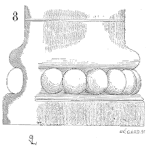
For our use of the Weibull distribution, we typically use the shape and scale parameters, β and η, respectively. For a three parameter Weibull, we add the location parameter, δ. [Read more…]
by Fred Schenkelberg 5 Comments
My best CRE exam preparation tips
Over the past few years, we have been helping people from around the world prepare for and pass the ASQ CRE exam. Over this time, and from personal experience, I’ve learned a few things about what makes a difference.
Here are ten tips to help you prepare. [Read more…]
by Fred Schenkelberg Leave a Comment
In a recent discussion in the Linkedin group ASQ Reliability Division, John Pagendarm replied with his recipe for CRE exam preparation. With John’s permission, I’m posting here.
by Fred Schenkelberg Leave a Comment
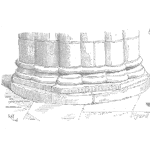
For a stable process, nothing much happens. If the stable process is producing acceptable products, we should expect to continue to produce acceptable products.
Unless something changes. [Read more…]
by Fred Schenkelberg 1 Comment
Thanks to you all for a great year. The idea of the blog is to assist those preparing for the CRE exam or wanting to learn about reliability engineering. It seems to have found the audience.
The WordPress.com stats helper monkeys prepared a 2013 annual report for this blog.
Here’s an excerpt:
The concert hall at the Sydney Opera House holds 2,700 people. This blog was viewed about 21,000 times in 2013. If it were a concert at Sydney Opera House, it would take about 8 sold-out performances for that many people to see it.
by Fred Schenkelberg Leave a Comment
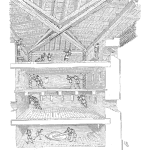
Once you decide to monitor a process and after you determine using an $- \bar{X} -$ & s chart is appropriate, you have to construct the charts.
The $- \bar{X} -$ & R charts use the range as an approximation of the variation in the population. When feasible use the standard deviation, s, rather than the range, R for the improved efficiency in detecting meaningful changes in process variation. [Read more…]
by Fred Schenkelberg 6 Comments

Once you decide to monitor a process and after you determine using an $- \bar{X} -$ & R chart is appropriate, you have to construct the charts.
This is not difficult and by following the 8 steps below you will have a robust way to monitor the stability of your process. [Read more…]
by Fred Schenkelberg Leave a Comment
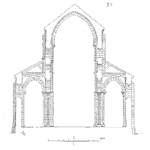
The NASA Fault Tree Handbook with Aerospace Applications
This is a break from the usual format of this site. I’m highly recommending that as your review materials and prepare for the CRE exam or prepare to conduct an FTA, you read this NASA document as an intro to fault tree analysis.
For a review, I suggest the first chapter or two. If working in the aerospace industry, you should print and use a copy.
The following is an extended excerpt from the first section of the document. [Read more…]
by Fred Schenkelberg Leave a Comment
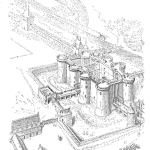
What are Variables Control Charts?
From NIST Engineering Statistics Handbook, section 6.3.2, with edits and additions.
During the 1920’s, Dr. Walter A. Shewhart proposed a general model for control charts as follows: [Read more…]
by Fred Schenkelberg 12 Comments
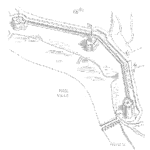
Consider a handy flow chart and set of descriptions that will assist you in selecting the appropriate control chart, or at least understand the differences. [Read more…]
by Fred Schenkelberg 1 Comment
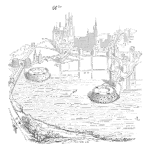
Statistical process control (SPC) is not a control chart alone.
SPC is a set of tools and a thought process to identify, measure, monitor and improve important elements of product development and production. I’ve seen very good and very bad implementations of SPC. [Read more…]